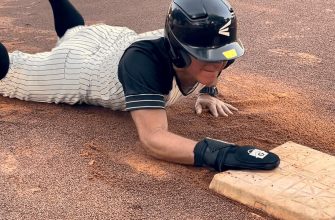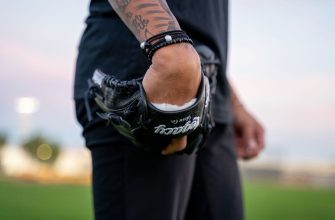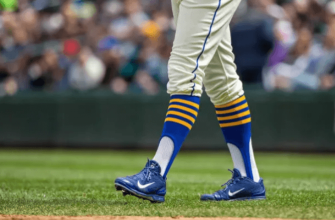Softball and baseball may seem quite similar at first glance. After all, they both involve hitting a ball with a bat and running around bases. However, there are some key differences between softball bats and baseball bats that make each sport unique. Though the bats may look alike, their size, weight, materials, and regulations vary in ways that impact performance and swing speed. Before stepping up to the plate, it’s essential to know whether you’re swinging a softball bat or a baseball bat.
While both are designed for power hitting, the specifics of each bat type give players an edge for their particular sport. This guide will highlight the critical differences between softball and baseball bats across history, design, regulations, and more. Understanding these contrasts will help you choose the right bat, gain optimal swing speed, and knock it out of the park!
History of Softball Bats
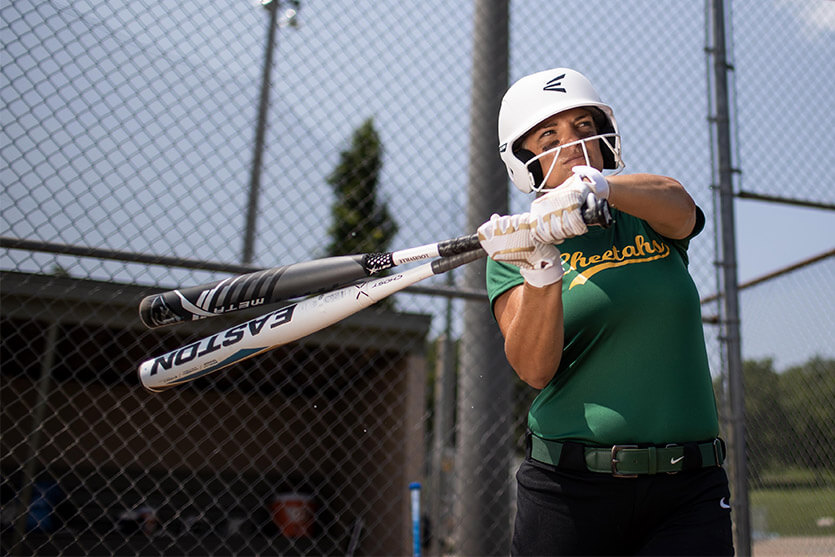
Softball originated as an indoor version of baseball in 1887. The first softball bats were likely just leftover baseball bats or homemade broomstick handles. In 1895, the first official softball game was played outdoors between Yale and Harvard alumni using a boxing glove for a ball and a broomstick for a bat.
Early softball bats continued to resemble broomsticks and stick bats until Bud Hillerich from the Hillerich & Bradsby Company designed the Louisville Slugger softball bat in 1929. This was one of the first bats designed specifically for softball and helped popularize the use of tapered bats rather than stick bats.
History of Baseball Bats
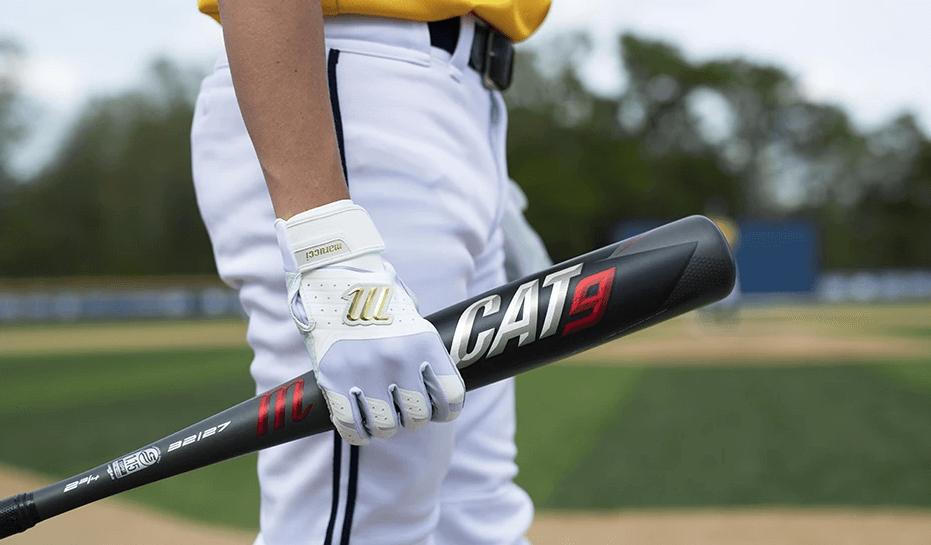
Baseball bats have come a long way since the sport’s inception in the mid-1800s. When the game first started, players made their own bats by hand, often carving them from wood. These early bats came in all shapes and sizes, with no standardization.
The earliest bats were extremely heavy by today’s standards. Some had flat surfaces, while others were completely round or had octagonal handles. There was a lot of experimentation in the early days to find the best bat design. It was eventually discovered that rounding the barrel increased hitting power and control. This led to the recognizable, slender baseball bat shape we know today.
Standard bat dimensions were first established in 1857, when it was ruled the bat could be no more than 2.5 inches in diameter at its thickest part. Rules about bat length and weight evolved over the next several decades. By the 1880s, bat regulations helped popularize the “Louisville Slugger” design made famous by the Hillerich & Bradsby company. This contributed to more uniformity in bat shapes, sizes and performance across the sport.
Size/Length

Unlike baseball bats that come in a range of lengths, softball bats generally come in longer lengths. Baseball bat lengths typically range from 30 to 34 inches, with the most common youth size being 31 inches and the most common adult baseball bat size being 32 inches.
In comparison, the standard length for an adult softball bat is 34 inches. Softball bats can range anywhere from 32 to 35 inches, with longer bats around 34 to 35 inches being more common for power hitters in softball. The extra inch or two provides more plate coverage and a larger sweet spot.
You’ll also see longer softball bat lengths for youth players. A typical youth baseball bat may be 30 inches long, while youth softball bats start at 32 inches and go up from there based on the child’s height and weight. Having a bat long enough for a softball swing is key.
Overall, softball bats trend longer than baseball bats to aid the underhand swing path and provide greater plate coverage given the larger size of a softball compared to a baseball.
Weight
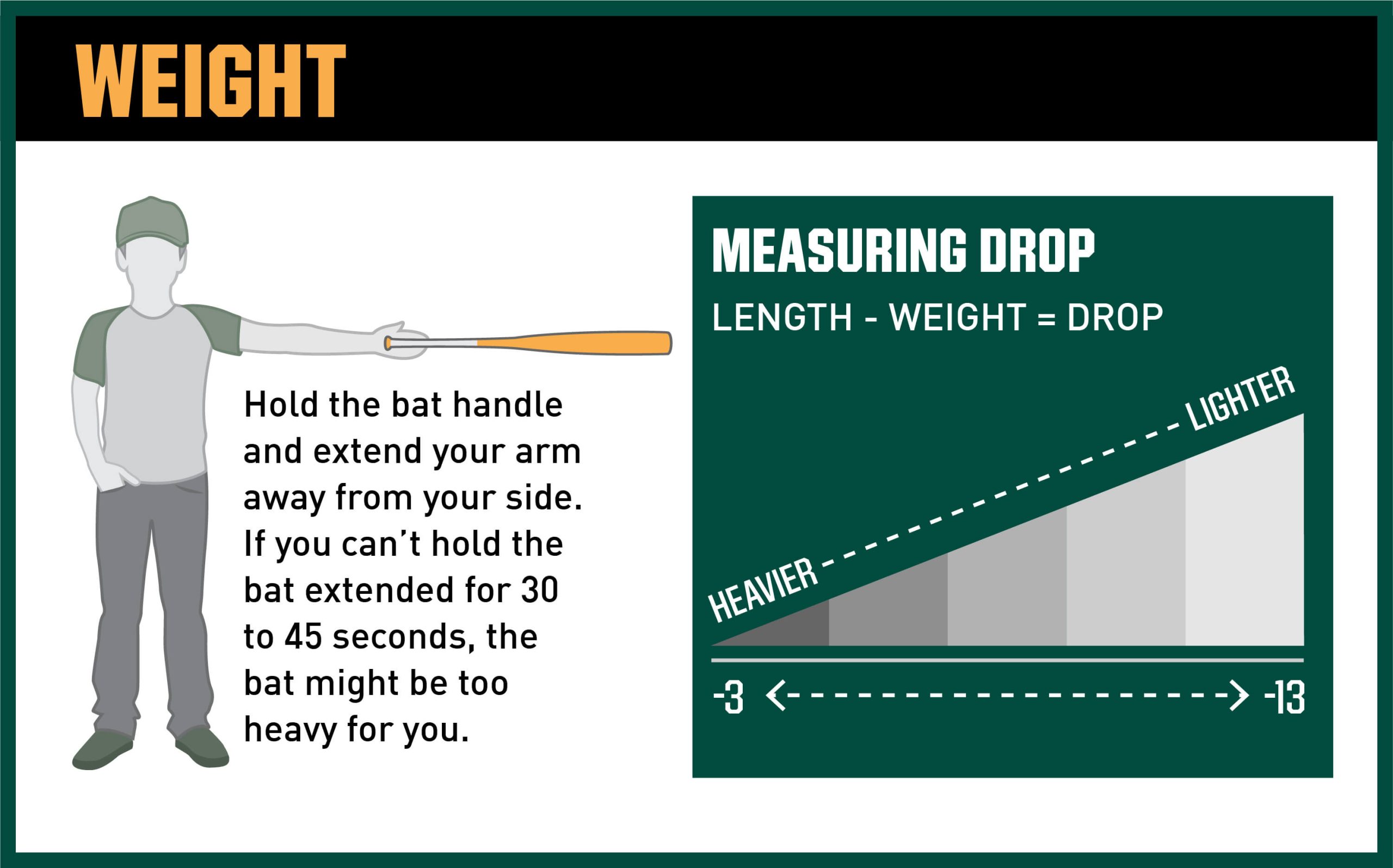
Baseball and softball bats have different weight requirements. According to Ritend Bat Weight, softball bats typically range from 23 to 28 ounces, while baseball bats are heavier, ranging from 27 to 34 ounces on average.
The weight difference relates to the power needed to hit the different sized balls and the swing speed of the sports. Baseball uses a harder, smaller ball that travels farther. So baseball bats need more mass behind the swing to generate power. Softball uses a larger, softer ball that doesn’t travel as far. Softball batters can generate sufficient power with a lighter swing.
Weight regulations also differ between the sports. For baseball, bat weights are not restricted, although lighter bats are generally preferred for speed. In softball, bat weights are restricted by league. For example, in NCAA Women’s College Softball, bats must be no more than 34 ounces Ritend Bat Weight. Weight restrictions in softball help limit how far balls travel for safety.
Materials
Baseball and softball bats are typically made from either aluminum or composite materials.
Aluminum bats are one of the most common types used in baseball and softball. They are constructed from aircraft-grade aluminum alloys, which make them lightweight yet durable. Aluminum bats have been around since the 1970s and feature a traditional metallic “ping” sound when making contact with the ball. They tend to be stiffer and transfer more energy to the ball, allowing hitters to achieve greater exit velocities for more power. However, due to safety concerns, many leagues have enacted regulations on the performance of aluminum bats.
Composite bats are made from a blend of graphite, fiberglass, and plastics/resins. This combination allows composite bats to be lightweight while also offering a trampoline effect off the barrel. Composite materials enable bats to have a larger sweet spot for more forgiveness on off-center contact. The materials dampen vibration and produce a muted, yet solid “pop” at contact.
Due to advanced technologies, composite bats can match or exceed the performance of aluminum bats while providing a wood-like feel. They have grown in popularity in recent years, especially with the advent of BBCOR regulations limiting aluminum bat performance. However, composite bats have higher average costs due to the sophisticated materials and manufacturing processes involved.
The choice between aluminum and composite comes down to a batter’s preferences in cost, feel, durability, and performance within league regulations. While aluminum offers a traditional metallic ping and lower cost, composite provides a wood-like feel, larger sweet spots, and the latest innovations in power and bat control. Both materials will continue evolving as companies seek to optimize bat designs.
Bat Regulations

Bats used in softball are regulated by governing bodies like Little League, which states that softball bats must be no more than 33 inches (34 inches for Junior/Senior League) in length, and not more than 2 1/4 inches in diameter. Bats used in high school softball are regulated by the National Federation of State High School Associations (NFHS), which has similar size restrictions to those outlined by Little League.
Meanwhile, according to Bat Rules from Little League, baseball bats must be no more than 34 inches long and have a diameter of 2 5/8 inches or less. For high school baseball, the NFHS states that bats must be -3 length to weight ratio with a 2 5/8 inch barrel and not exceed 36 inches in length. So while softball and baseball bats have similar size restrictions, softball bats tend to be slightly shorter and have a thinner barrel diameter. The regulations help ensure fair play and safety for each sport.
Performance
Softball bats tend to have more pop and allow hitters to achieve greater exit velocities compared to baseball bats. This is due to key differences in bat regulations between the two sports.
Softball bats are designed to hit a larger, softer ball moving at slower speeds. As a result, performance standards for softball bats emphasize maximizing power through the ‘trampoline effect’ of the barrel flexing and rebounding when making contact. Softball bat barrels can be engineered with composite materials and innovative designs to optimize pop off the bat.
In contrast, baseball bat regulations have strict limits on performance to control hitting distances and avoid risk to fielders. BBCOR regulations for high school/collegiate baseball require bats to behave more like a wooden bat upon impact. So baseball bat barrels tend to be stiffer and have less flex. This reduces trampoline effect and limits exit speeds.
While baseball bats focus on control and consistent performance, softball bats are specialized for power hitting. Elite fastpitch softball bats can achieve over 5% higher exit speeds versus BBCOR baseball bats. Players transitioning between the two sports notice a significant difference in pop and bat speed.
Prices of Softball and Baseball Bats
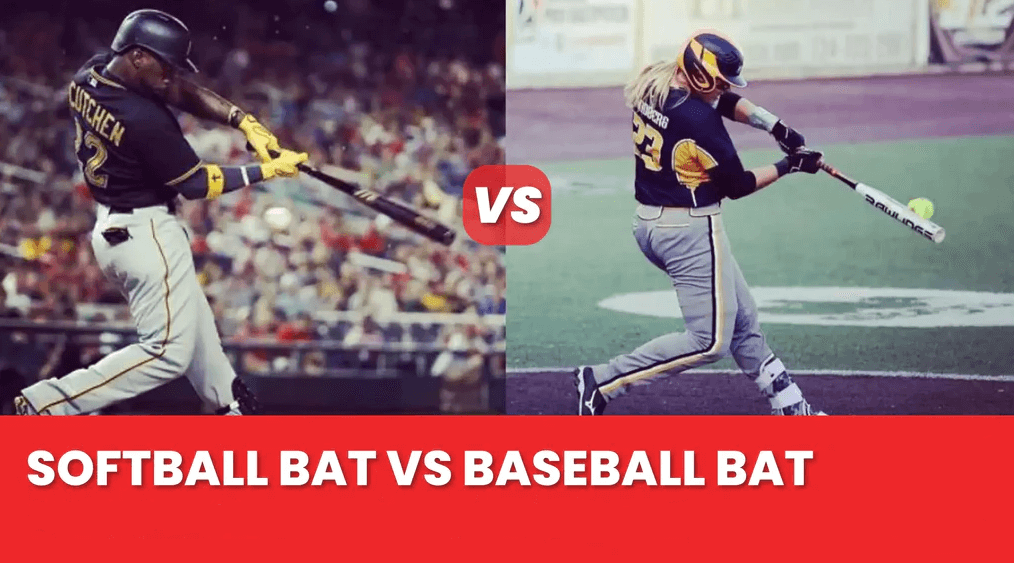
Baseball and softball bats can vary greatly in price depending on materials, brand, and features.
Here are some key differences in cost between softball and baseball bats:
-
Entry-level aluminum alloy bats typically range from $50 to $200 for softball and $100 to $300 for baseball. Higher-end aluminum bats with advanced designs can cost $300 to $500 for both sports.
-
Composite bats with carbon fiber construction are more expensive, usually starting around $300 and going over $500 for top-end models. Some premium composite softball and baseball bats can cost between $400 and $500.
-
Generally, slowpitch softball bats are less expensive than fastpitch and youth baseball bats. Slowpitch models start around $50 while fastpitch and youth baseball bats start around $100.
-
High school/collegiate baseball bats are more expensive than slowpitch softball bats, ranging from $300 up to $500 for premium models. Fastpitch softball bats fall between slowpitch and baseball.
-
Wood bats are most common in baseball, ranging from $50 for low-end models to over $200 for pro-quality wood bats. Some composite wood bats can cost over $300. Wood softball bats are rare.
So while there is overlap, softball bats on average tend to be less expensive than baseball bats, with slowpitch the least expensive and high-end composite baseball bats the most expensive. The performance needs of each sport drive the main cost differences.
Conclusion
Softball and baseball bats differ in several key ways even though they may look quite similar at first glance. The main differences come down to size, weight, materials used, regulations, and performance.
Softball bats tend to be larger in diameter, shorter in length, and lighter in weight compared to baseball bats. Softball bats are typically made from aluminum or composite materials while baseball bats are more often wood or alloy metals.
There are strict regulations on bat dimensions and performance for sanctioned softball and baseball leagues. Softball bats are designed to hit bigger, softer balls from a shorter distance and often feature thicker barrels and flexible handles. Baseball bats emphasize durability and power to drive standard hard balls long distances, leading to thinner handles and barrels.
Performance factors like swing speed, balance, and bat control play a bigger role in softball, while baseball emphasizes raw power. This leads to design tradeoffs for each type of bat.
In the end, softball and baseball bat technology has progressed while staying true to the needs of each sport. Players should choose the bat made specially for their game to get the best experience and avoid injuries or illegal equipment. Knowing the key differences allows shoppers to select the right bat for their specific sport.


